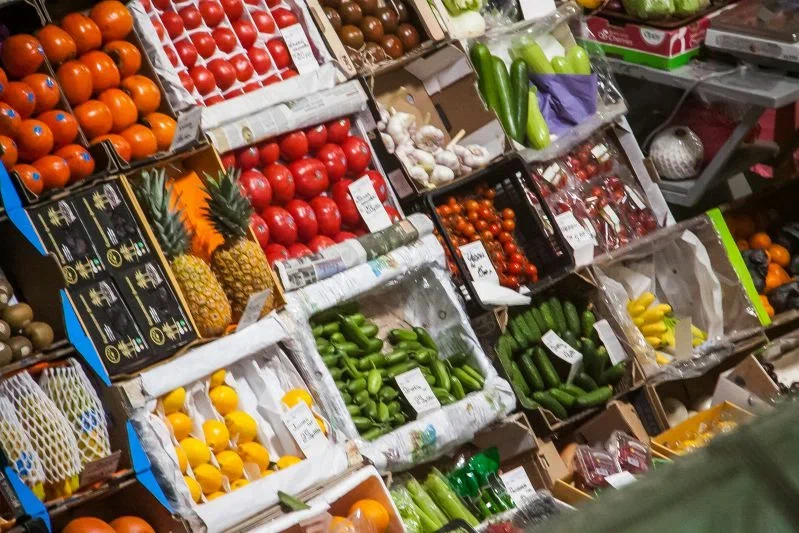It has been proven that different colored vegetables and fruits differ slightly from each other in the level of nutrients they contain.
This point must be taken into account with the onset of cold weather and it is not easy to eat vegetables and fruits, but to choose the most necessary ones.
Rospotrebnadzor experts told us what colors of fruits should be included in the November diet in the Healthy Nutrition project.
Beets, eggplants, red cabbage
These vegetables have purple, black and blue-violet colors, which indicates their high content of anthocyanins.
Carrots, pumpkin, yellow bell pepper, sea buckthorn and citrus fruits
These are predominantly yellow-orange fruits, rich in carotenoids and vitamin A.

Don't forget about persimmons (fresh or dried) and dried apricots.
Tomatoes, red bell pepper, pomegranate, strawberries, currants, cherries, apples
This item is red. The listed vegetables and fruits are rich in lycopene.
And as for tomatoes, they are the leader in lycopene content, whether they are fresh or heat-treated.
Kiwi, avocado, apples and pears, peas and cucumbers
The green palette indicates a high level of isoflavonoids, indoles and chlorophyll. The more saturated the green color, the more useful the fruits and vegetables will be.
Don't forget broccoli and Brussels sprouts, lettuce, celery, arugula and spinach.
White onion, garlic, celery root, cauliflower and white cabbage
These are white fruits that are rich in quercetin and allicin. Without them, the immune system will have a hard time.
The main thing to remember is that even healthy foods must be consumed in moderation.








